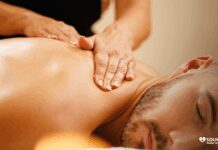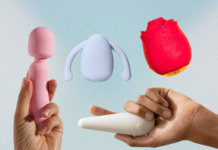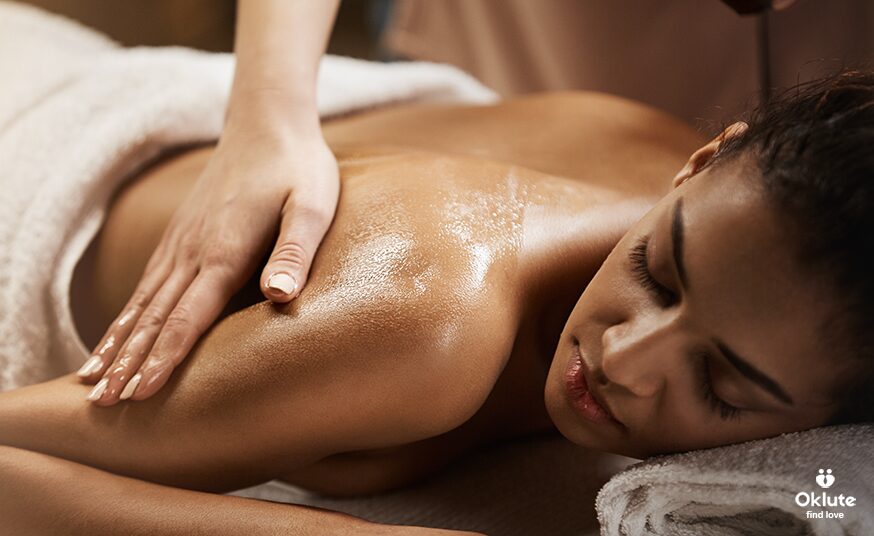
If you have never experienced Thai massage before, stepping into your first session can feel both exciting and intimidating. The reputation of Thai massage often brings to mind deep stretches, pressure points, and a mix of techniques unlike any other style of bodywork.
In 2025, the practice is as popular as ever, especially among travelers and wellness seekers who want a treatment that is both energizing and restorative.
This guide will walk you through exactly what to expect, how to prepare, and what makes Thai massage unique compared to other forms of therapy.
Why Thai Massage Stands Out in 2025
Unlike a typical oil-based massage, Thai massage feels more like a combination of assisted yoga, stretching, and targeted pressure. It traces its origins back over 2,500 years, influenced by Indian Ayurveda and Chinese medicine, which explains its focus on energy lines and whole-body wellness. In recent years, Thai massage has gained new recognition in global wellness centers, not just for relaxation but for helping people improve posture, mobility, and recovery.
The appeal for first-timers today lies in its adaptability. Whether you’re looking for relief from sitting at a desk too long or hoping to recover after intense workouts, therapists can adjust pressure and focus areas to fit your needs. This makes it both accessible and versatile, even if it seems intimidating at first glance.
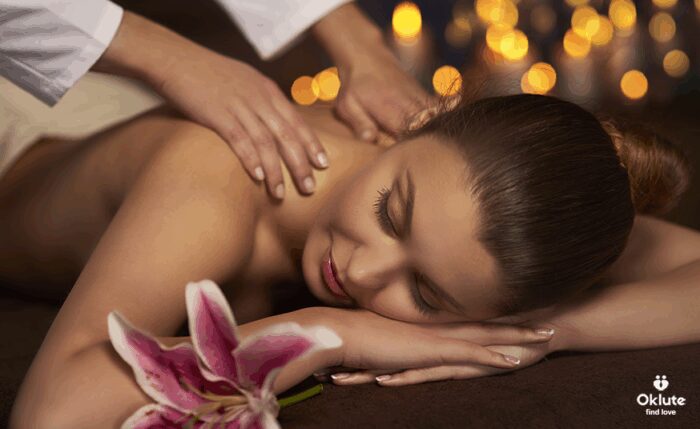
What to Expect in Your First Session
For newcomers, one of the first surprises is that Thai massage doesn’t require removing your clothes. Instead, you wear soft, loose-fitting clothing, usually provided by the spa or massage studio. The session takes place on a padded floor mat rather than a raised massage table, giving the therapist freedom to move around you, sometimes even using their knees, elbows, or feet to apply pressure and create stretches.
The session usually starts gently, with rhythmic palm pressure along your legs and back, gradually moving into deeper stretches and joint mobilizations. Communication is essential here: first-timers often underestimate how deep some stretches can feel. A skilled therapist will always encourage you to speak up if something feels uncomfortable.
This is also where expectations around cultural context matter. Many wellness centers now highlight how Thai massage blends with relaxation traditions across Asia. In fact, some modern spa packages even promote complementary experiences like mindfulness practices or wellness companions. For example, services listed on Oklute escorts in UK often highlight body balance and relaxation elements that overlap in concept with Thai wellness routines, creating a more holistic approach to personal care.
Key Techniques Used in Thai Massage
Thai massage involves a unique set of methods that might feel unusual to someone used to Swedish or deep tissue massage. Some of the most common include:
- Acupressure: Steady, rhythmic pressure applied to specific points along the body’s energy lines.
- Stretching: Assisted movements that gently extend muscles and joints beyond what you might do on your own.
- Compression: The therapist uses body weight, palms, or even feet to apply broad, firm pressure.
- Joint mobilization: Gentle rotations to release tension and improve flexibility.
What’s particularly effective is how these techniques combine in a seamless flow. Instead of feeling like isolated movements, the therapist guides you through a series of positions that gradually release tension, improve circulation, and leave you feeling both relaxed and energized.
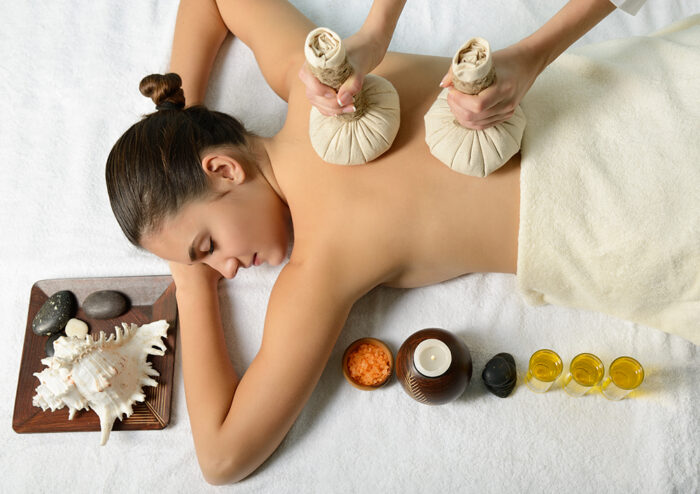
Preparing for Your Appointment
If it’s your first time, a little preparation will make the experience much smoother. Avoid heavy meals before your session, and wear or bring comfortable clothes. Drink water before and after to stay hydrated, since Thai massage often stimulates circulation and can feel physically demanding.
It also helps to clarify your goals. Are you seeking relaxation, recovery from soreness, or more flexibility? Sharing this with your therapist before the session allows them to tailor the intensity and focus to your needs.
For those who are new to Asian wellness traditions, the emphasis on energy flow can feel abstract. But even if you’re skeptical about the “energy lines” concept, the physical results are undeniable. People often leave their first session surprised at how light and limber they feel.
Benefits That Keep People Coming Back
The list of potential benefits is long, but here are the ones most first-timers notice right away:
- Reduced tension: Both muscle tightness and mental stress often ease after just one session.
- Improved mobility: Assisted stretches reach muscles you rarely activate on your own.
- Better circulation: Pressure and movement stimulate blood flow.
- Enhanced recovery: Athletes often use it to reduce soreness and speed up muscle repair.
- Mental clarity: The slow, mindful rhythm of the massage promotes relaxation similar to meditation.
In 2025, many wellness experts view Thai massage as a preventive health tool, not just a luxury. Regular sessions can complement everything from gym training to office work, making it part of a well-rounded lifestyle.
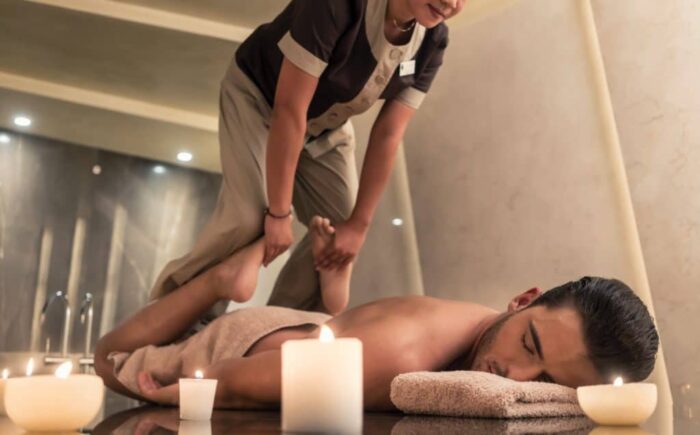
Cultural Touchpoints and Modern Wellness
Thai massage has always been more than just physical therapy. Rooted in Buddhist traditions, it was originally practiced in temples as part of holistic healing. Today, wellness retreats and spa centers around the world are adapting these elements to modern life.
For example, some destinations integrate Thai massage into multi-day programs, combining it with meditation, herbal treatments, and nutrition guidance. Others market it as part of broader relaxation experiences that blend physical and emotional well-being.
Global wellness platforms have even influenced how people seek out complementary services. In India, lifestyle services such as Pune escorts are often listed alongside wellness offerings, underscoring how physical care, companionship, and stress relief can be interconnected in modern urban life. This reflects a broader cultural acceptance of holistic approaches that address both body and mind.
Final Thoughts
For first-timers in 2025, Thai massage offers an experience that is equal parts energizing and restorative. What makes it stand out is not only the physical techniques but also its ability to blend movement, mindfulness, and body awareness in a way that feels transformative.
Whether you’re curious about its ancient roots or simply want relief from daily stress, the practice continues to prove why it remains one of the most respected massage styles in the world.
Approach your first session with an open mind, communicate with your therapist, and remember that the real magic of Thai massage often unfolds gradually, session by session.

